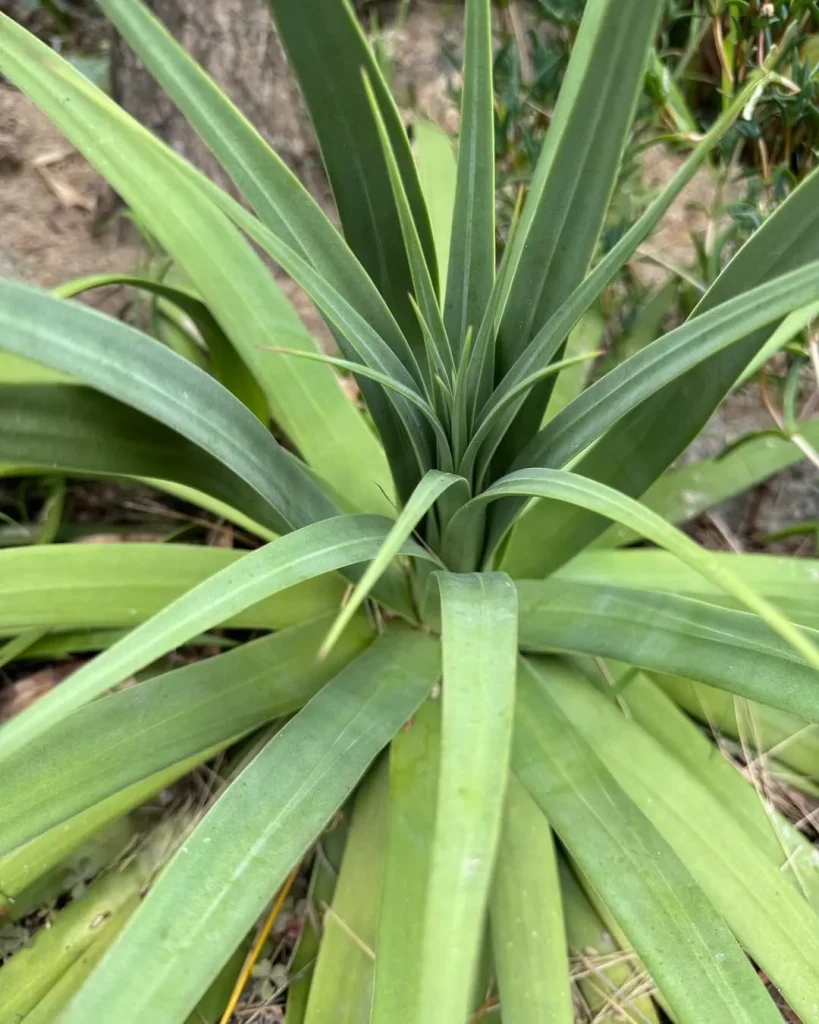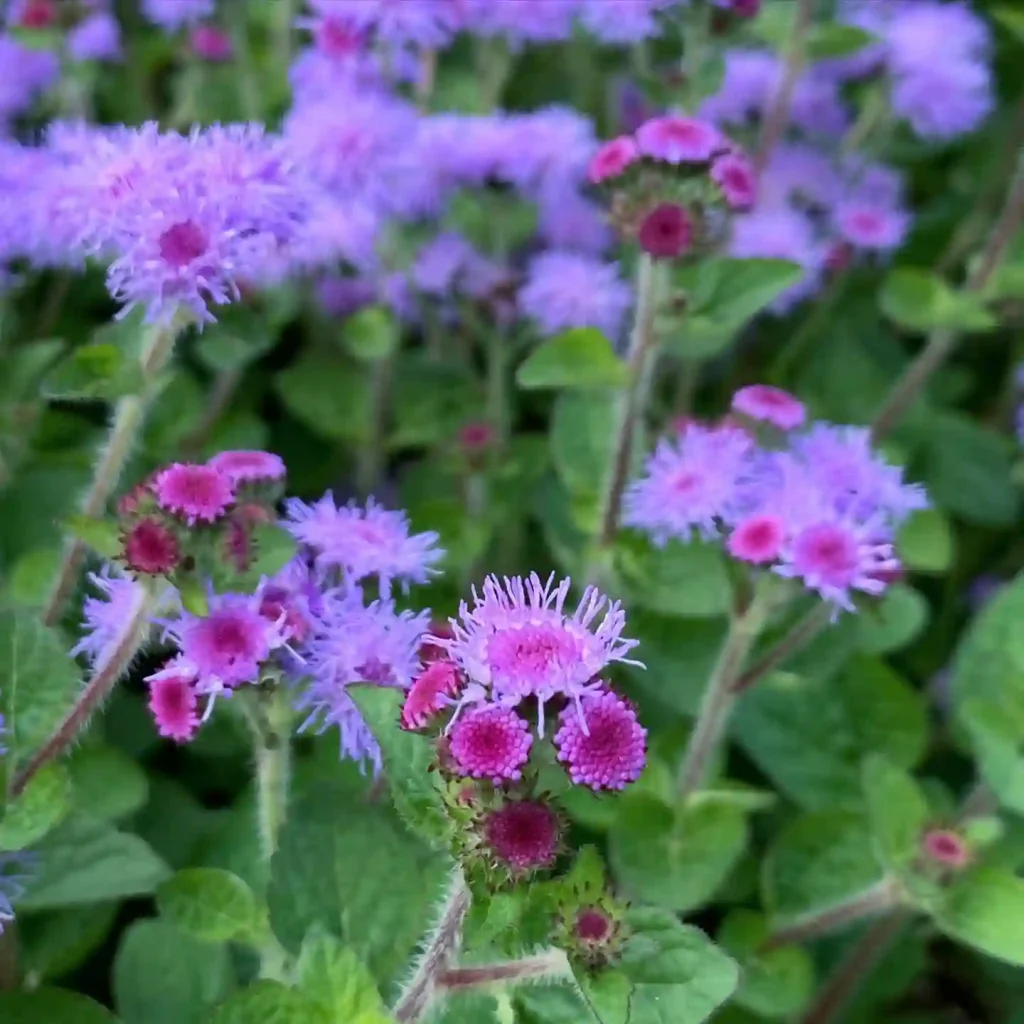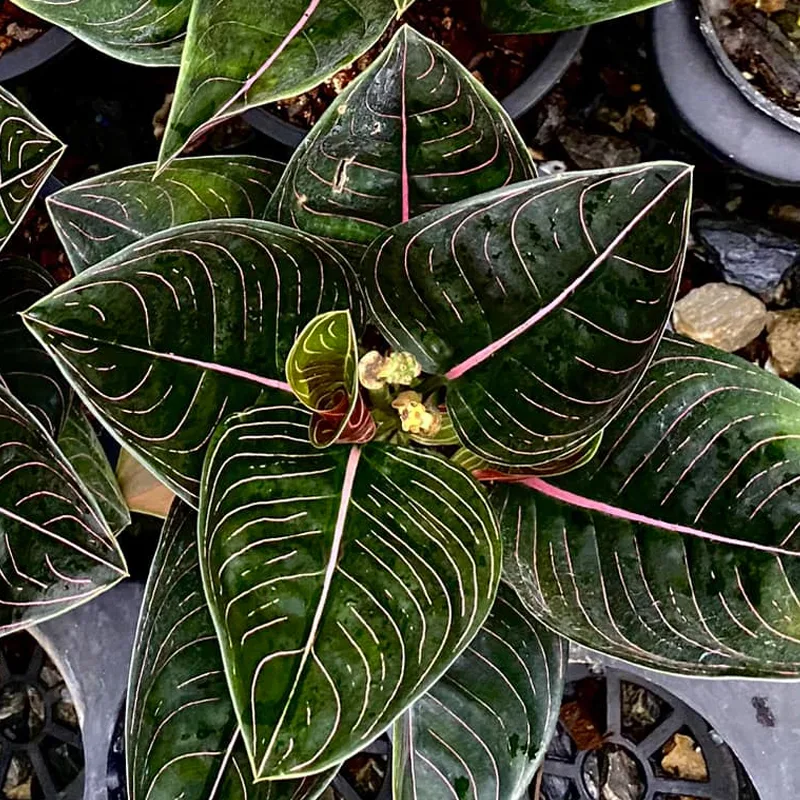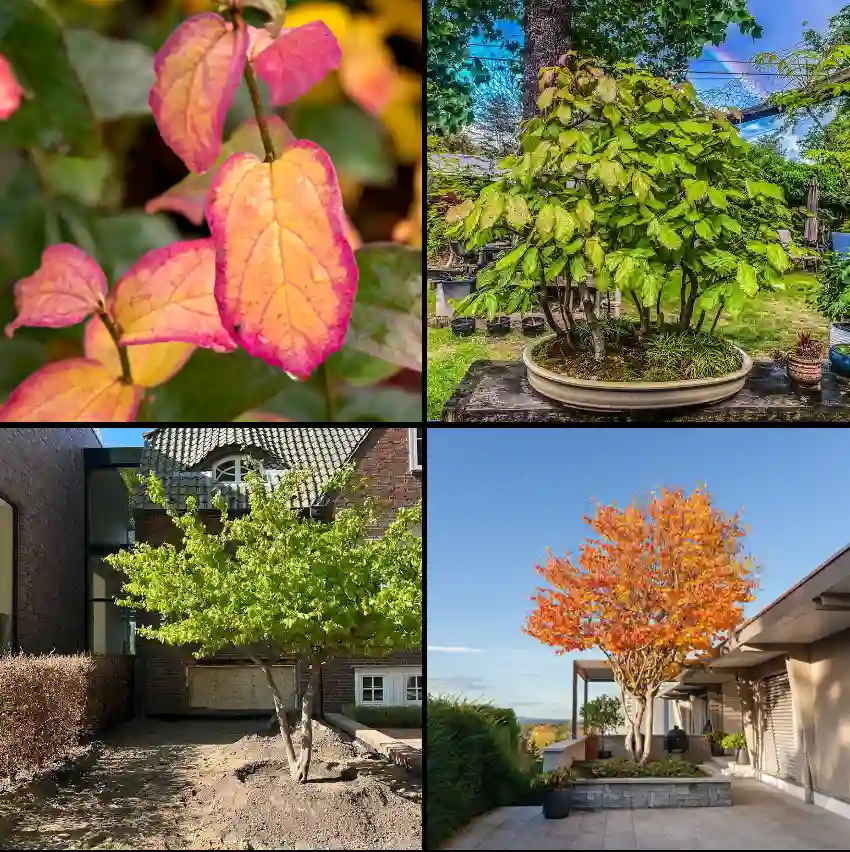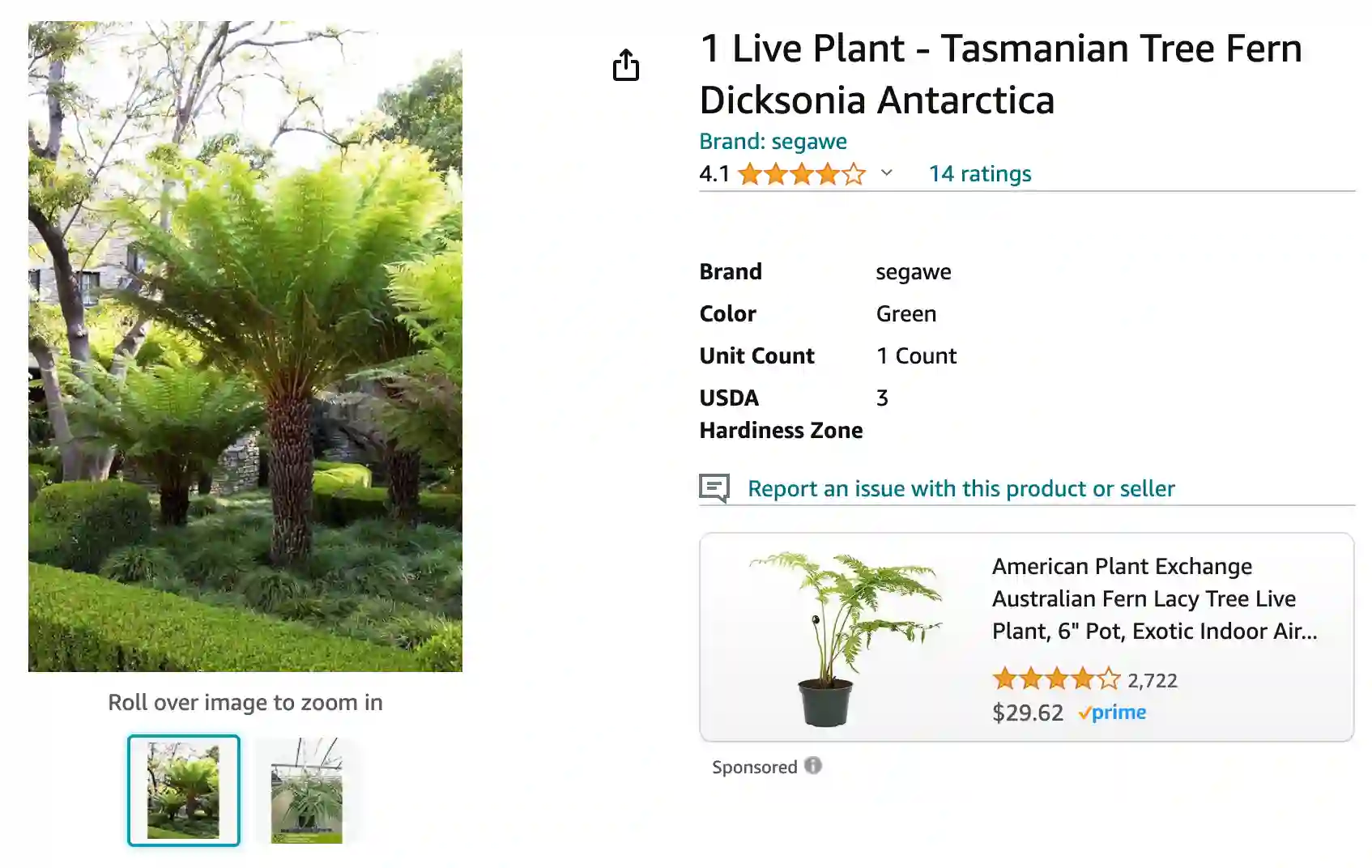
What type of plant is Dicksonia antarctica?
Dicksonia antarctica is such a fascinating plant to grow. It’s a type of tree fern native to Australia, and its prehistoric appearance adds a unique touch to my garden. I love how it brings a bit of ancient history and lush greenery to the space.
How fast does Dicksonia antarctica grow?
When I first started growing my Dicksonia antarctica, I was eager to see it flourish. From my experience, it grows quite slowly, usually about an inch or so per year under optimal conditions. I’ve found that patience is key with these magnificent tree ferns, as they take their time to develop into the stunning plants they’re known to be.
How to grow Dicksonia antarctica?
Here’s a guide on growing the beautiful Dicksonia antarctica:
Choosing the Right Location:
- Light: Dicksonia antarctica thrives in partial to full shade. While it can tolerate some morning sun, avoid harsh afternoon sun, especially in hot climates.
- Temperature: Ideally suited for cool to temperate climates. It’s hardy down to around -5°C (23°F) but can benefit from winter protection in colder regions.
- Moisture: Prefers consistently moist soil with good drainage. Avoid waterlogging, but standing water around the base (not the crown) can be beneficial in hot weather.
Planting:
- Container Planting: Use a well-draining potting mix specifically formulated for ferns or orchids. Ensure the pot has drainage holes.
- In-Ground Planting: Amend the soil with organic matter like compost or composted bark to improve drainage and moisture retention. Dig a hole slightly larger than the root ball and plant the fern at the same soil level it was in the container.
Watering:
- Water regularly, especially during hot weather, to maintain consistently moist soil. Avoid letting the soil dry out completely.
- You can also mist the fronds occasionally, especially in dry climates, to increase humidity.
Fertilizing:
- Not a heavy feeder. A diluted, balanced liquid fertilizer applied once a month during the growing season (spring and summer) is sufficient.
Winter Care:
- In colder climates, protect the crown of the tree fern by wrapping it with straw, burlap, or horticultural fleece. This helps insulate the sensitive parts from freezing temperatures.
- You can also mulch around the base of the plant with organic matter like leaves or bark to further protect the roots from the cold.
Maintenance:
- Remove any dead or brown fronds to maintain a neat appearance.
- Dicksonia antarctica doesn’t require regular pruning. However, you can occasionally remove any unwanted growth at the base.
Additional Tips:
- Grouping your Dicksonia antarctica with other moisture-loving plants can help create a microclimate that retains humidity.
- Repot container plants every 2-3 years when the roots outgrow the pot.
- Watch out for signs of pests like snails, slugs, or scale insects. Treat them with organic methods like insecticidal soap or neem oil if necessary.
Is my Dicksonia antarctica dead?
There was a time I thought my Dicksonia antarctica might be dead. The fronds had turned brown and crispy, and it looked pretty dismal. I didn’t give up on it, though. I kept watering it and made sure the trunk stayed moist. To my relief, after a while, new fronds started to unfurl, proving it was just stressed and not actually dead.
Why is my Dicksonia antarctica dying?
I’ve had moments where I wondered why my Dicksonia antarctica seemed to be dying. It often came down to a lack of consistent moisture or exposure to too much sun. Once I adjusted the watering schedule and provided more shade, it started to recover. I also found that protecting it from wind helped prevent it from drying out too quickly.
Can you grow Dicksonia antarctica in a pot?
Growing Dicksonia antarctica in a pot has been a bit of a trial-and-error process for me. It’s definitely possible, but I had to make sure the pot was large enough to accommodate its root system and used a good quality potting mix that retains moisture. Regular watering and feeding were crucial to keep it healthy.
How to move Dicksonia antarctica?
Moving my Dicksonia antarctica was a delicate task. I waited until a cool, overcast day to reduce stress on the plant. Carefully digging around the root ball, I lifted it with as much of the soil intact as possible. Replanting it quickly in its new location and giving it a good soak helped it settle in without too much shock.
How to protect Dicksonia antarctica from frost?
Protecting my Dicksonia antarctica from frost has been essential during winter months. I’ve wrapped the trunk with layers of burlap and added a thick mulch around the base to insulate the roots. For extra protection, I sometimes drape frost cloth over the top to shield the fronds from freezing temperatures.
When to prune Dicksonia antarctica?
I’ve found that pruning Dicksonia antarctica is pretty straightforward. I usually prune away the dead or damaged fronds in late winter or early spring before new growth starts. This not only keeps the plant looking tidy but also encourages healthy new fronds to develop.
If i die, water my plants!
